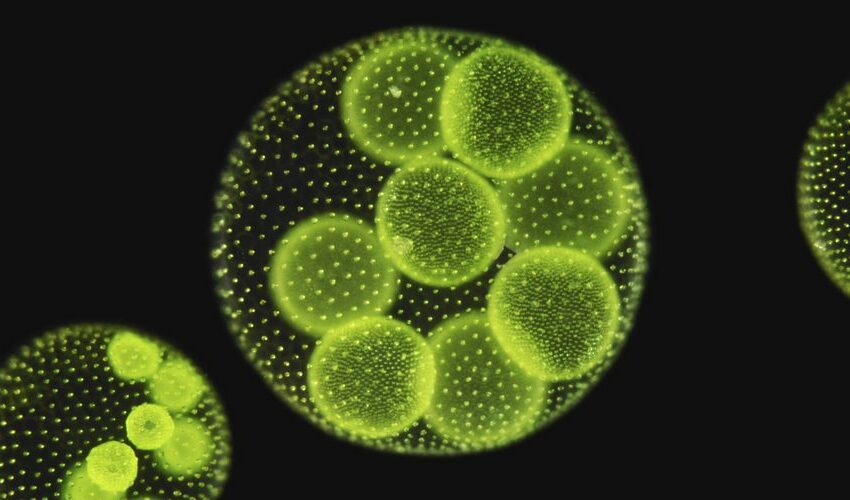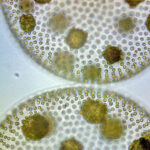Algae growth on Building Materials
Algae are photosynthetic organisms that can grow on various surfaces, including building materials such as roofs, walls, and cement. While algae can be beneficial in some contexts, such as in the production of biofuels and pharmaceuticals, they can also be a nuisance when they foul the surfaces of building materials. In this blog post, we will explore how algae grow on building materials and what can be done to prevent or remove it, as well as the potential for researching new materials that are resistant to algae growth.
How Does Algae Grow on Building Materials?
Algae require sunlight, moisture, and nutrients to grow. In outdoor environments, building materials that are exposed to sunlight and rain are particularly vulnerable to algal growth. Algae can also grow on building materials that are exposed to moisture from condensation or leaks. Nutrients that can promote algal growth include dust, dirt, and other organic materials that can accumulate on the surface of building materials.
How Does Algal Growth Affect Building Materials?
Algal growth on building materials can have a range of negative effects. For example, algae can cause discoloration and staining of building materials, which can detract from their appearance. Algae can also degrade the surface of building materials over time, causing erosion and potentially compromising their structural integrity. In addition, algae can contribute to the growth of other microorganisms, such as fungi and bacteria, which can further degrade building materials.
Preventing Algal Growth on Building Materials
Preventing algal growth on building materials is key to avoiding the negative effects of algal fouling. One way to prevent algal growth is to reduce moisture on the surface of building materials. This can be done by ensuring that there is proper drainage around the building, fixing any leaks, and using materials that are resistant to moisture. In addition, keeping building materials clean and free of organic debris can help to prevent algal growth.
Researching New Building Materials to Prevent Algae Growth
Another solution to preventing algae growth is to explore new building materials that are resistant to algae growth. One such material is titanium dioxide, which is a photocatalytic material that can break down organic matter on its surface when exposed to sunlight. This can prevent the accumulation of organic matter that can contribute to algal growth.
Another potential solution is to develop building materials that have a surface texture or coating that makes it difficult for algae to attach and grow. For example, researchers have explored using a lotus leaf-inspired surface texture that repels water and prevents algae from attaching to the surface. Similarly, coatings that incorporate copper or zinc can be effective at preventing algal growth.
In addition to exploring new building materials, researchers are also investigating ways to use algae as a sustainable building material. Algae-based building materials have been developed that are lightweight, flexible, and can be grown using renewable resources. Algae-based materials can also have properties such as thermal insulation and fire resistance, making them a promising option for sustainable building materials.
Conclusion
Algae growth on building materials can cause discoloration, staining, and degradation of building materials, potentially compromising their structural integrity. Preventing algal growth through proper maintenance and cleaning is key to avoiding the negative effects of algal fouling. However, researching new building materials and construction techniques can also help to prevent algae growth on building materials. Materials such as titanium dioxide, lotus-inspired textures, and coatings that incorporate copper or zinc can be effective at preventing algal growth. In addition, algae-based building materials offer a sustainable alternative to traditional building materials that can also resist algae growth. By incorporating these innovative materials and techniques, builders and architects can create buildings that are not only aesthetically pleasing







